Table of Contents[Hide][Show]
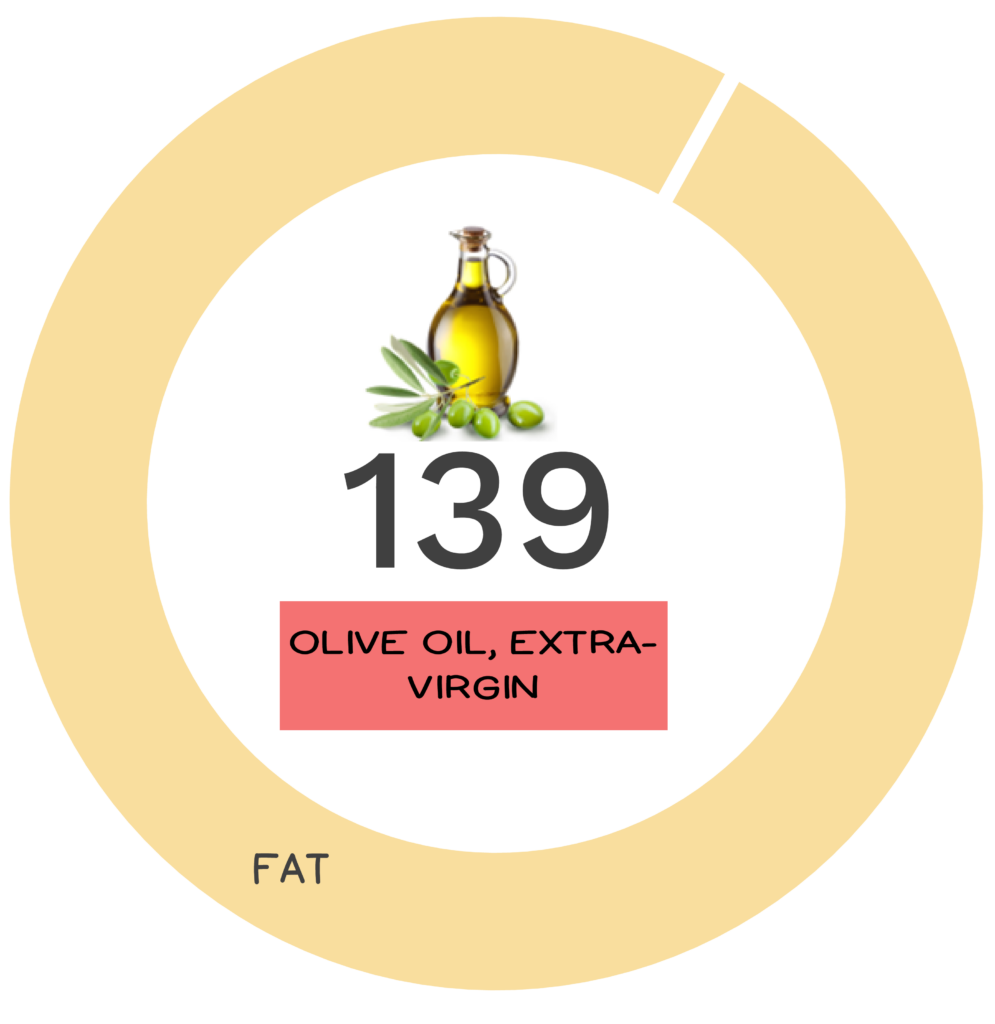
A staple of the Mediterranean cuisine, olives are one of the most extensively cultivated crops in the world! In fact, olive trees occupy more than twice the amount of land devoted to apples, bananas, or mangoes – only coconut trees and oil palms inhabit more space. As of 2005, there was a whopping 865 million olive trees world-wide! While approximately 90% of all harvested olives are turned into oil (almost “olive” them!), 10% are reserved for consumption (known as table olives). If you haven’t had the pleasure of eating them this way, do yourself a favor, grab a jar and start snacking! Not only are they delicious, but they offer spectacular health benefits too.
Olives are one of the most extensively cultivated crops in the world – as of 2005, there were 865 million olive trees world-wide!
The olive tree, Olea europaea, is native to the Mediterranean Basin, with fossil evidence indicating that it originated 20 to 40 million years ago! It was first cultivated roughly 7,000 years ago and as far back as 3,000 BC was grown commercially in Crete. In Ancient Greece, olives along with grain and grapes formed the triad of staple Greek crops, which contributed to the emergence of more complex societies. Even today, trees that are centuries old still exist – one of the oldest known trees still alive can be found in Portugal, with an estimated age of 3,350 years! Historically, olives feature prominently in various religions. Culturally, olives symbolize wisdom, fertility, power and purity, while the olive branch is often used as a symbol of abundance, glory and most notably peace, hence the common expression “to offer an olive branch.” (The eagle in the Great Seal of the United States clutches an olive branch in one of its talons, indicating the power of peace). Throughout history olive branches have been offered to powerful figures and were also used to crown the winners of competitions and wars.
One of the oldest known olive trees still alive can be found in Portugal, with an estimated age of 3,350 years!
The olive tree is cultivated both for its unique fruit and the oil that the fruit bears. There are hundreds of cultivars, some are primarily grown for oil, others for eating and some for both. The fruit varies in color, size, shape and oil quantity and quality. Table olives are separated into three categories: green olives, semi-ripe/turning-color olives, and black/ripe olives. Raw olives are naturally very bitter (due to the presence of phenolic compounds), which is why they are typically cured using a variety of methods before they are consumed. Today, olives are cultivated all over the world but the 10 largest producing countries are all located in the Mediterranean region and produce 95% of all the world’s olives!
Green olives are harvested unripe, while black olives are harvested when fully ripe.
Olive oil has been extracted from olives and used for thousands of years. In fact, it’s one of the oldest (and most revered!) edible oils out there, with culinary uses dating back to at least 1000 BC, and other uses scrolling back even further (such as anointing priests and kings). Olive oil was so widely consumed that the word oil originally meant “olive oil” and in multiple languages the word for “oil” ultimately derives from the word for olive. Olive oil is made by pressing fresh olives to extract the oil. It comes in various grades and the quality differences within each can be significant. Cold-pressing—a chemical-free process using only pressure—produces a higher quality of olive oil with a richer flavor and lower acidity. The level of acidity—free oleic acid—is used to grade olive oil. Varieties include: extra-virgin (cold-pressed, unrefined, from first press, 1% acid), virgin (first-press, 1-3% acid), fino (blend of extra-virgin and virgin), light (refined), and pure (aka “regular”, a blend of refined and virgin). This versatile and delicious oil is a core ingredient in Mediterranean cuisine and an amazing source of nutrition, which are just a few of the reasons you may want to add it to “olive” your dishes!
Olive oil is graded based on the level of acidity and comes in various varieties including extra-virgin, virgin, fino, light, and pure.
Nutrivore Score for Extra-Virgin Olive Oil – 139

Extra-virgin olive oil has a Nutrivore Score of 139, making it a low nutrient-dense food! Plus, it is a low-carb food; extra-virgin olive oil has 0 grams of net carbs per tablespoon!
Per serving, extra-virgin olive oil is a best source (>50% daily value) of monounsaturated fatty acids (MUFAs); an excellent source (20-50% daily value) of coQ10 and vitamin E; and a good source (10-20% daily value) of linoleic acid.
Ditch Diets. Embrace Nutrients. Start with this FREE Guide.
Sign up for the free Nutrivore Newsletter, your weekly, science-backed guide to improving health through nutrient-rich foods — without dieting harder —and get the Beginner’s Guide to Nutrivore delivered straight to your inbox!

Extra-Virgin Olive Oil Nutrition Facts
One serving of extra-virgin olive oil is standardized to 1 tablespoon or about 14 grams (0.5 ounces).
Extra-Virgin Olive Oil Nutrition Facts Per Serving
| Olive oil, extra-virgin | Nutrivore Score: 139 | Nutrient Density: Low |
|---|---|---|
| Serving Size: 1 tbsp (14 grams) | Protein: 0.0 grams | Net Carbohydrates: 0.0 grams |
| Calories: 124 | Total Fat: 14.0 grams | Dietary Fiber: 0.0 grams |



| VITAMINS | ||
|---|---|---|
| Vitamin A | 0.3 μg RAE | 0% DV |
| Vitamin B1 (Thiamin) | 0.0 μg | 0% DV |
| Vitamin B2 (Riboflavin) | 0.0 μg | 0% DV |
| Vitamin B3 (Niacin) | 0.0 mg | 0% DV |
| Vitamin B5 (Pantothenic Acid) | 0.0 mg | 0% DV |
| Vitamin B6 (Pyridoxine) | 0.0 μg | 0% DV |
| Vitamin B7 (Biotin) | 0.0 μg | 0% DV |
| Vitamin B9 (Folate) | 0.0 μg | 0% DV |
| Vitamin B12 (Cobalamin) | 0.0 μg | 0% DV |
| Vitamin C | 0.0 mg | 0% DV |
| Vitamin D (D2 + D3) | 0.0 μg | 0% DV |
| Vitamin E | 6.2 mg | 41% DV |
| Vitamin K | 8.4 μg | 7% DV |
| Choline | 0.0 mg | 0% DV |
| Myo-Inositol | ~ | ~ |
| CoQ10 | 2.2 mg | ~ |
| FUNCTIONAL FATS | ||
|---|---|---|
| MUFA | 11.3 g | 57% DV |
| ALA | 106.5 mg | 7% DV |
| EPA + DHA | 0.0 mg | 0% DV |
| CLA | 2.8 mg | ~ |
| Linoleic Acid | 2.1 g | 12% DV |
| MCT’s | 0.0 g | ~ |
| MINERALS | ||
|---|---|---|
| Calcium | 0.1 mg | 0% DV |
| Copper | 0.0 μg | 0% DV |
| Iodine | ~ | ~ |
| Iron | 0.1 mg | 0% DV |
| Magnesium | 0.0 mg | 0% DV |
| Manganese | 0.0 μg | 0% DV |
| Phosphorus | 0.0 mg | 0% DV |
| Potassium | 0.1 mg | 0% DV |
| Selenium | 0.0 μg | 0% DV |
| Sodium | 0.3 mg | 0% DV |
| Zinc | 0.0 mg | 0% DV |
| PHYTONUTRIENTS | ||
|---|---|---|
| Carotenoids | 441.1 μg | ~ |
| Polyphenols | 19.7 mg | ~ |
| Phytosterols | 40.3 mg | ~ |
| Glucosinolates | ~ | ~ |
| Thiosulfinates | ~ | ~ |
| Betalains | ~ | ~ |
| AMINO ACIDS & PEPTIDES | ||
|---|---|---|
| Taurine | ~ | ~ |
| Ergothioneine | ~ | ~ |
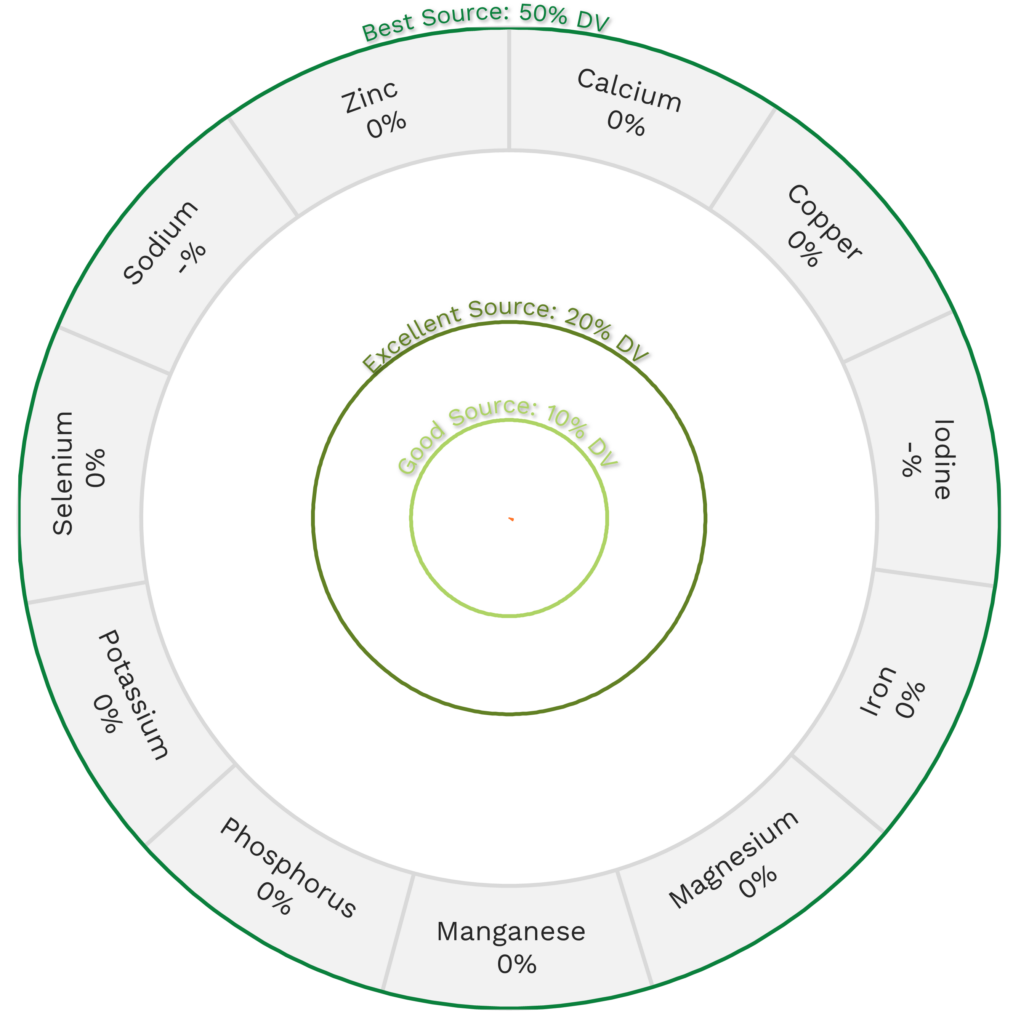
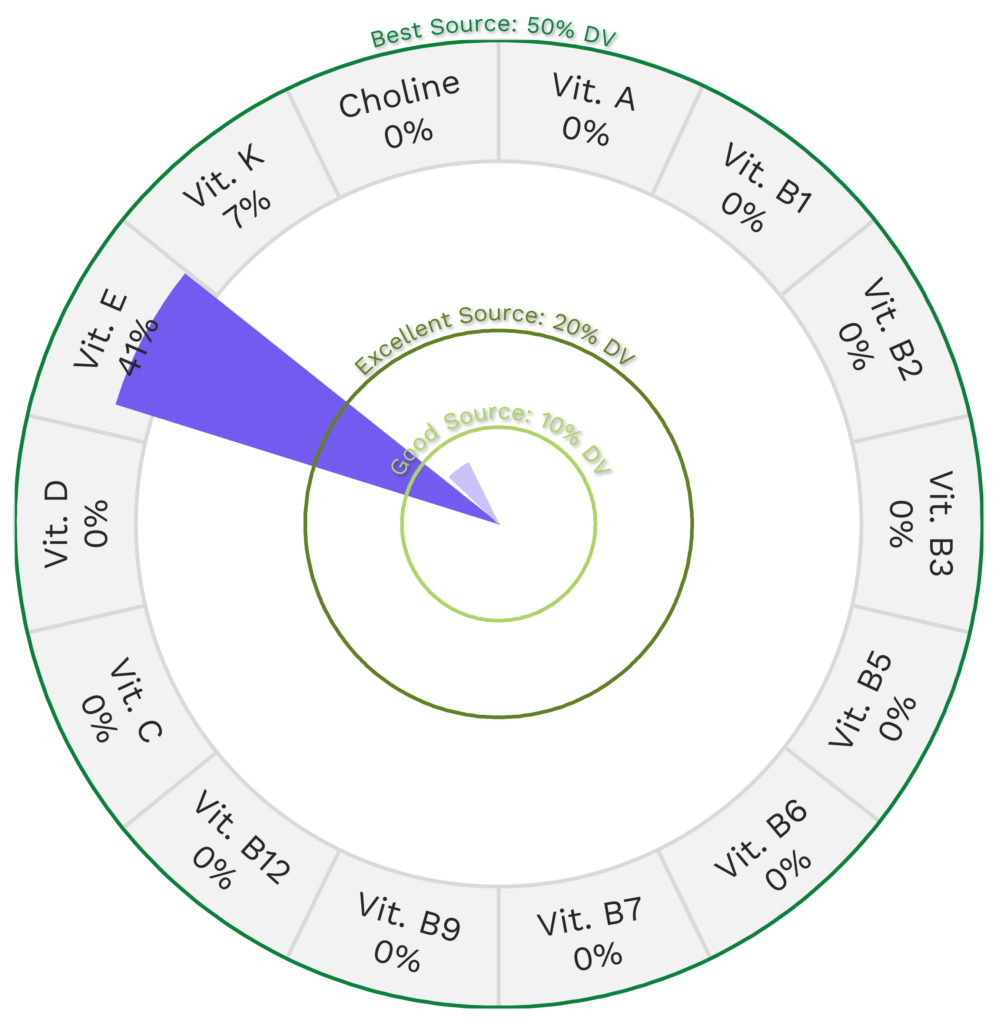
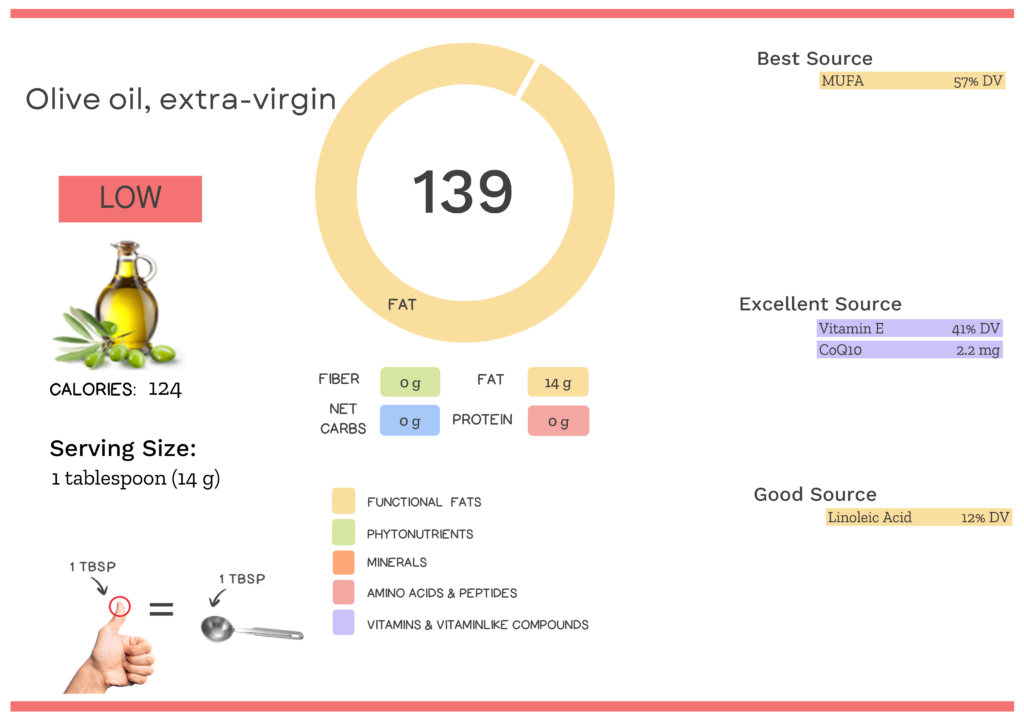
Olive Oil Nutrition Varies With Processing
The Nutrivore Score of olive oil varies based on how it has been processed. An astounding 90% of all harvested olives are turned into oil, with extra-virgin olive oil being the least processed form.
| NUTRIVORE SCORE | |
|---|---|
| Olive oil, extra-virgin | 139 |
| Olive oil, salad or cooking (virgin) | 106 |
Impressed by “olive” the nutrition in extra-virgin olive oil? Maybe your friends will be too!
Health Benefits of Extra-Virgin Olive Oil Nutrients
Let’s take a closer look at all of the best and excellent source of nutrients found in a 1 tablespoon serving of extra-virgin olive oil and see how they benefit our health.
Extra-Virgin Olive Oil Provides 57% DV Monounsaturated Fatty Acids (MUFA)
Extra-virgin olive oil is a best source of monounsaturated fatty acids (MUFAs), providing 57% of the daily value per 1-tablespoon serving!
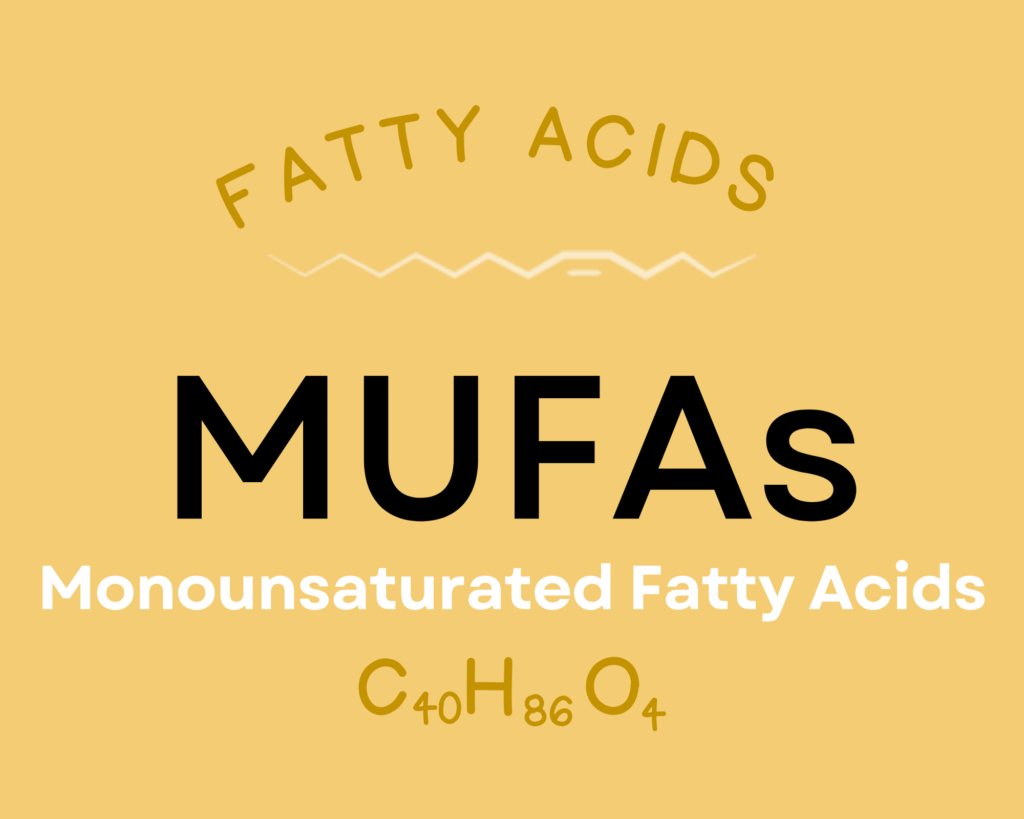
Monounsaturated fatty acids (MUFA), the most abundant of which is oleic acid, play an important role in cellular function due to its presence in phospholipids in cell membranes. Oleic acid is beneficial for cardiovascular health—both in reducing risk factors like high blood pressure, cholesterol, triglycerides, inflammation, and oxidative stress, and in reducing actual cardiovascular disease incidence and events. Oleic acid has even demonstrated anti-cancer activity, with an ability to inhibit the progression, proliferation, and metastasis of several types of cancer cells. Research shows this fat could benefit body weight regulation and obesity through its effects on energy metabolism and lipogenesis. In fact, human trials show that enriching diets with oleic acid leads to decreases in central obesity, abdominal fat, body weight, and food intake, while also possibly increasing energy expenditure! Oleic acid also possesses some benefits for diabetics—influencing genes and pathways involved in insulin signaling and glucose metabolism, as well as helping protect against some complications of diabetes, like diabetic retinopathy and atherosclerosis. Learn more about oleic acid here.
Extra-Virgin Olive Oil Provides 41% DV Vitamin E
Extra-virgin olive oil is an excellent source of vitamin E, providing 41% of the daily value per 1-tablespoon serving!

Vitamin E is actually a group of eight different vitamins, though the form alpha-tocopherol is the most biologically important. Its most significant role is as a fat-soluble antioxidant, protecting the lipids in cell membranes from oxidative damage. Its free radical-scavenging abilities make vitamin E helpful for cardiovascular health, cancer protection, neurological health (including slowing the progression of Alzheimer’s disease), and any situations where oxidative stress increases (such as during pregnancy). There’s even evidence that getting enough vitamin E can reduce the risk of the common cold! Learn more about vitamin E here.
Extra-Virgin Olive Oil Provides 2.2 mg of CoQ10
Extra-virgin olive oil is also an excellent source of coQ10, providing 2.2 mg of coQ10 per 1-tablespoon serving!
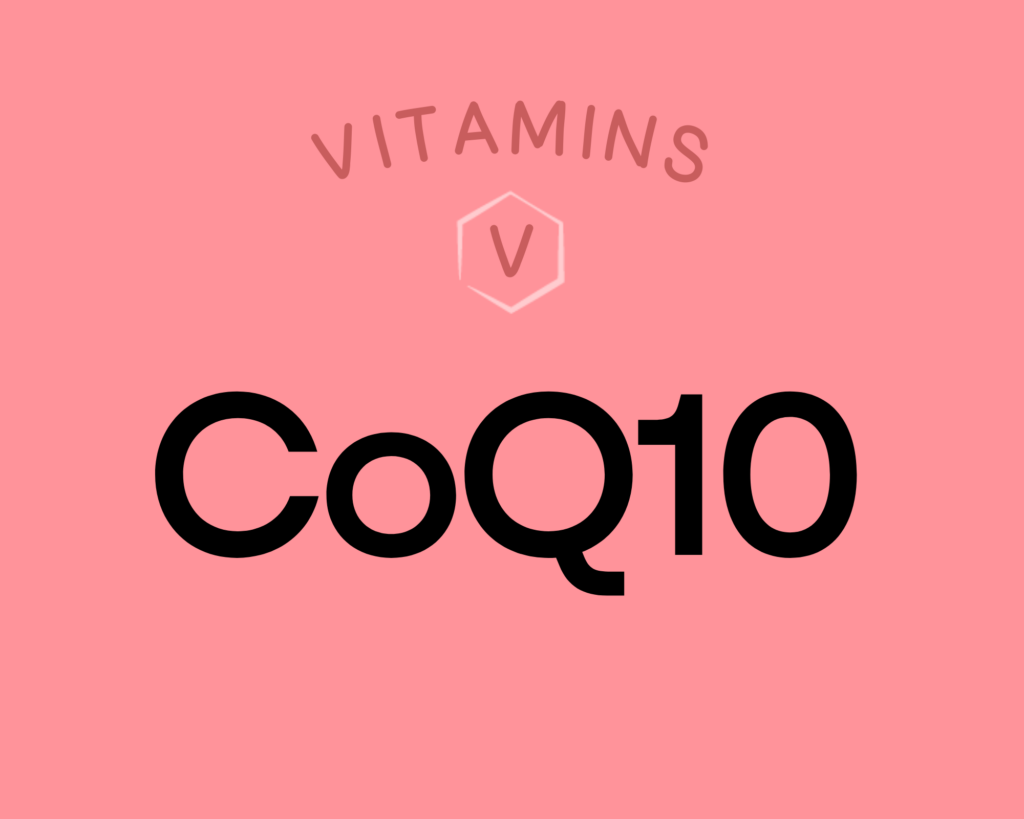
Ubiquinone is the oxidized form and ubiquinol is the reduced, more bioavailable form of the vitaminlike compound coenzyme Q10 (coQ10). CoQ10 is a potent antioxidant and a cofactor in the electron transport chain for the production of ATP. It may be helpful in treating or preventing heart and blood vessel conditions, diabetes, gum disease, muscular dystrophy, chronic fatigue syndrome, and breast cancer. Sources include beef, pork, mackerel, yellowtail fish, and chicken; it’s also found in smaller amounts in vegetables like broccoli and herbs like parsley. Learn more about coQ10 here.
Learn What Foods Are the Best Sources of Every Nutrient

The Top 25 Foods for Every Nutrient
The Top 25 Foods for Every Nutrient e-book is a well-organized, easy-to-use, grocery store-friendly guide to help you choose foods that fit your needs of 43 important nutrients while creating a balanced nutrient-dense diet.
Get two “Top 25” food lists for each nutrient, plus you’ll find RDA charts for everyone, informative visuals, fun facts, serving sizes and the 58 foods that are Nutrient Super Stars!
Buy now for instant digital access.
How Much Extra-Virgin Olive Oil Should We Eat Per Day?
“Olive” the research on this oil indicates that it is a healthy addition to our diet and it would be “pit-iful” not to give it a try!
Fatty fruit, especially olives and avocados (and their oils) are very beneficial for our health, especially reducing risk of cancer and cardiovascular disease. For example, a 2022 study showed that just 7 grams of olive oil daily reduces all-cause mortality by 19% compared to rarely consuming olive oil. And another 2022 study showed that eating 2 or more servings of avocado per week reduces cardiovascular disease risk by 16%. A great goal is one ore more serving of fatty fruits or their oils per day (keeping total fat intake to 20% to 35% of total calories). A serving is 1/4 cup for whole olives or avocados, or 1 tablespoon for their oils.
Easily track your servings of Nutrivore Foundational Foods!

The Nutrivore Weekly Serving Matrix
The Nutrivore Weekly Serving Matrix digital resource is an easy-to-use and flexible weekly checklist designed to help you maximize nutrient-density and meet serving suggestions of Nutrivore foundational foods, all without having to weigh or measure your foods!
Includes a 22-page instructional guide and downloadable interactive guides.
Buy now for instant digital access.
cITATIONS
Expand to see all scientific references for this article.
Chin SF, Liu W, Storkson J, Ha Y, Pariza M. Dietary sources of conjugated dienoic isomers of linoleic acid, a newly recognized class of anticarcinogens. Journal of Food Composition and Analysis. 1992 Sept(5):185-197. DOI:10.1016/0889-1575(92)90037-K
Jimenez-Lopez C, Carpena M, Lourenço-Lopes C, Gallardo-Gomez M, Lorenzo JM, Barba FJ, Prieto MA, Simal-Gandara J. Bioactive Compounds and Quality of Extra Virgin Olive Oil. Foods. 2020 Jul 28;9(8):1014. doi: 10.3390/foods9081014. PMID: 32731481; PMCID: PMC7466243.
Pérez AG, León L, Pascual M, de la Rosa R, Belaj A, Sanz C. Analysis of Olive (Olea Europaea L.) Genetic Resources in Relation to the Content of Vitamin E in Virgin Olive Oil. Antioxidants (Basel). 2019 Jul 25;8(8):242. doi: 10.3390/antiox8080242. PMID: 31349630; PMCID: PMC6720590.
Phenol-Explorer: Olive, oil, extra virgin
Pravst I, Zmitek K, Zmitek J. Coenzyme Q10 contents in foods and fortification strategies. Crit Rev Food Sci Nutr. 2010 Apr;50(4):269-80. doi: 10.1080/10408390902773037. PMID: 20301015.
USDA Food Central Database: Oil, olive, salad or cooking
Watanabe T, Kioka M, Fukushima A, Morimoto M, Sawamura H. Biotin content table of select foods and biotin intake in Japanese. Int J Anal Bio-Sci. 2014. Vol 2(4):109-125.


